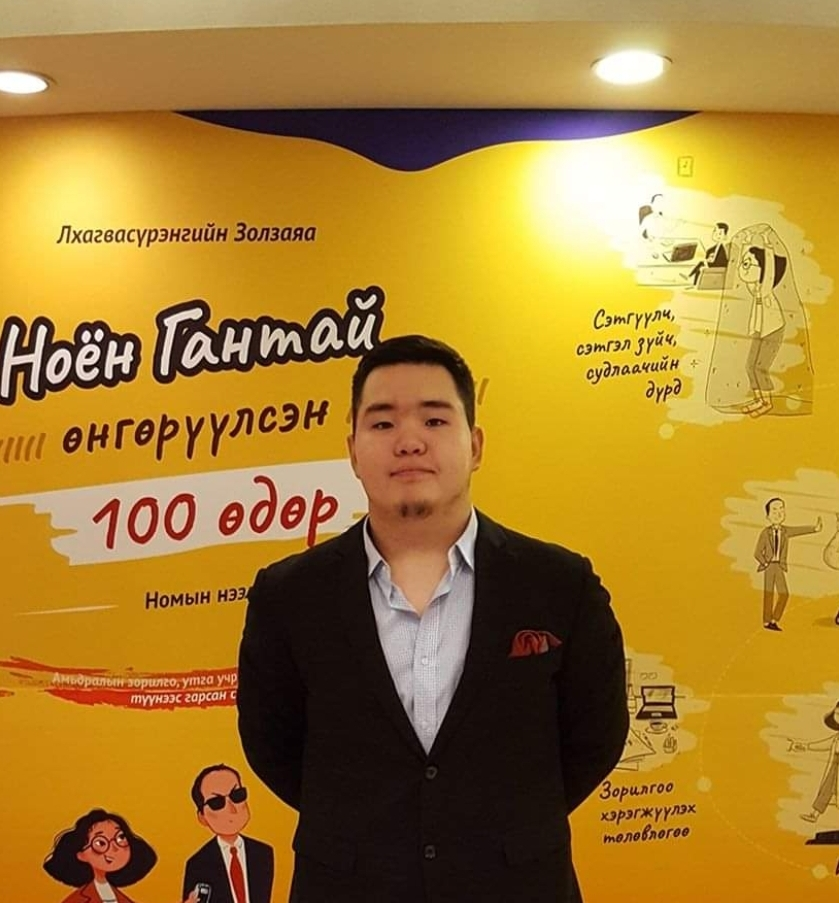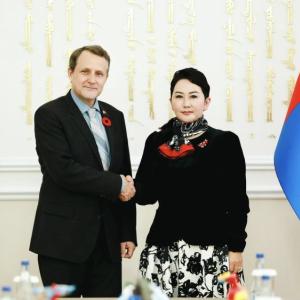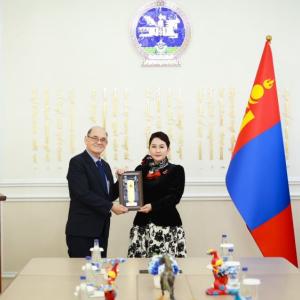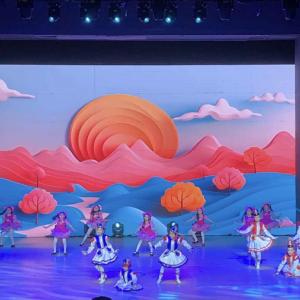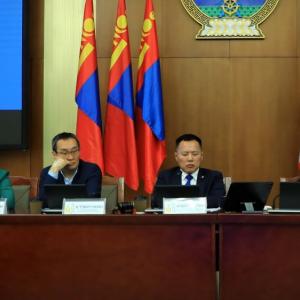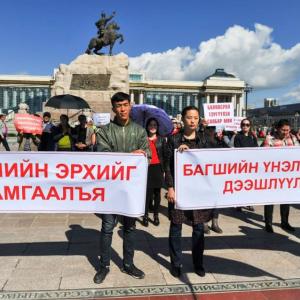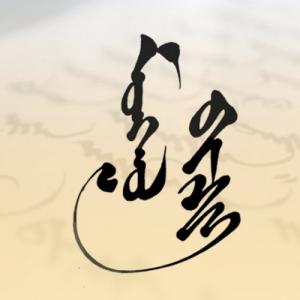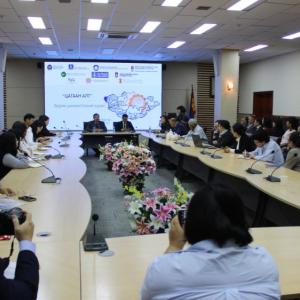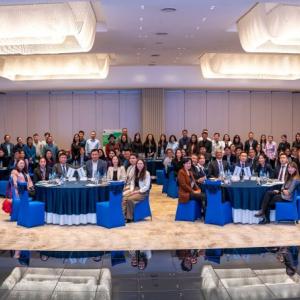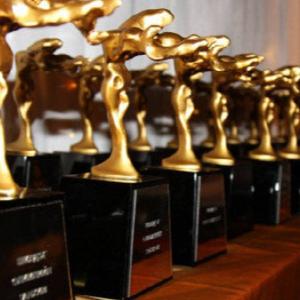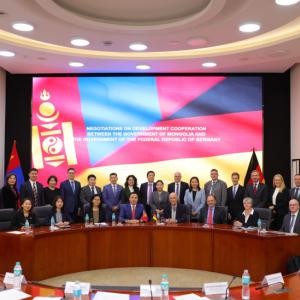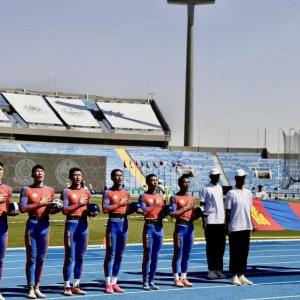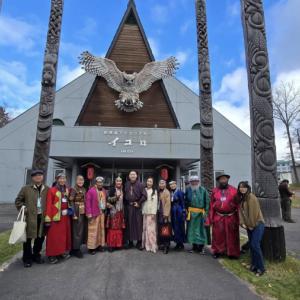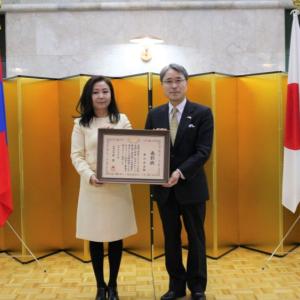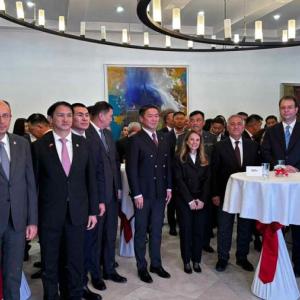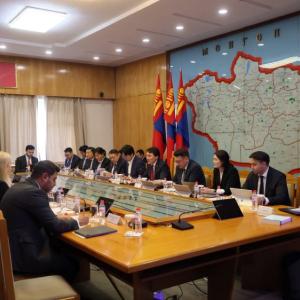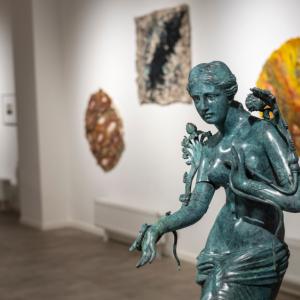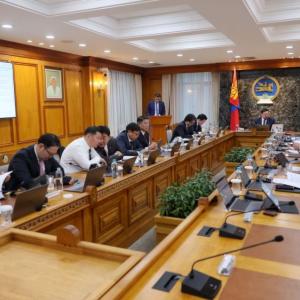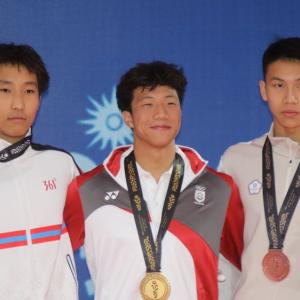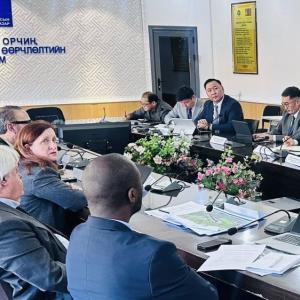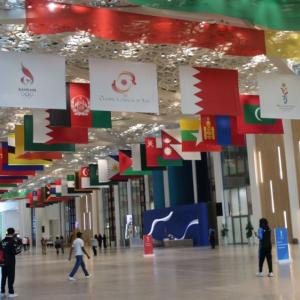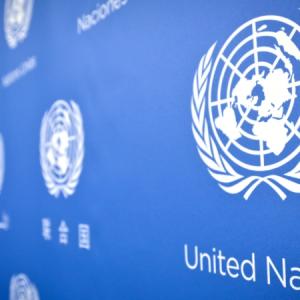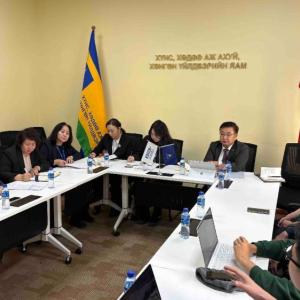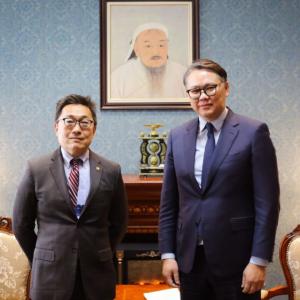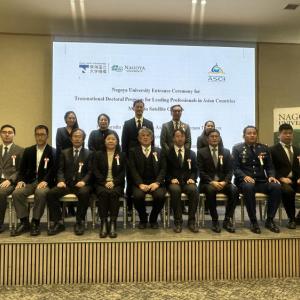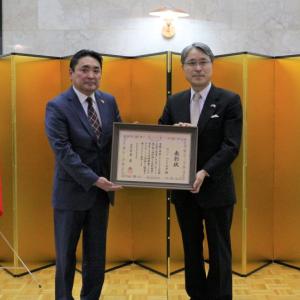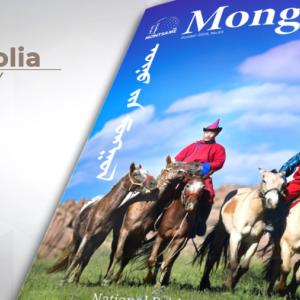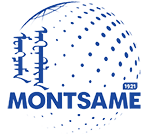Strings of the Soul: Fiddleland Ensemble in Concert
Society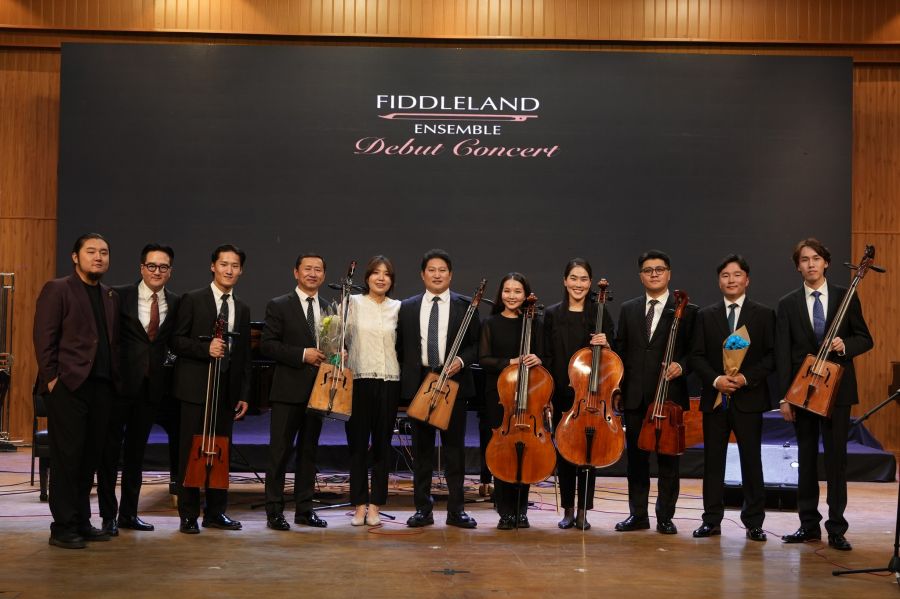
Ulaanbaatar, June 6, 2025 /MONTSAME/. On June 4–5, 2026, the Debut Concert of the Fiddleland Ensemble, in collaboration with Composer and Arranger Angir Erdenetsogt, was held at the Concert Hall of the Mongolian State Philharmonic.
This newly formed Ensemble, made up of distinguished Morin Khuur virtuosi and brilliant young talents, set out to elevate the traditional Mongol musical instrument, the Morin Khuur. The Chamber Music, which emerged in the 1600s as music for smaller, more intimate ensembles, is known for its complexity and nuance. Unlike large symphonic arrangements, Chamber Music demands an exceptional level of individual artistry, responsiveness, and cohesion from each performer.

The Program featured a blend of Mongol and international masterpieces, traditional melodies, classical staples, and contemporary works, all presented in entirely new arrangements. What the Ensemble delivered was nothing short of breathtaking. The Fiddleland Ensemble’s very name and logo, which prominently features a Morin Khuur bow, hinted at the group’s artistic identity — one rooted in tradition yet reaching outward through inventive expression. This visual cue mirrored their musical approach: meticulous, expressive, and deeply intentional.
Early in the Program, Angir Erdenetsogt’s “Dance of the Khuur” filled the Concert Hall with electrifying energy. The Morin Khuur players seemed to become one with their instruments, moving in a subtle, instinctive rhythm. The cellists grounded the melody with majestic resonance, while the pianist’s fingers danced across the keys. The raw power of the piece was undeniable. As the final notes of “Dance of the Khuur” faded, a spontaneous “Wow!” escaped from an audience member, not for attention, but as an uncontrollable expression of genuine astonishment, showcasing the music's visceral impact.
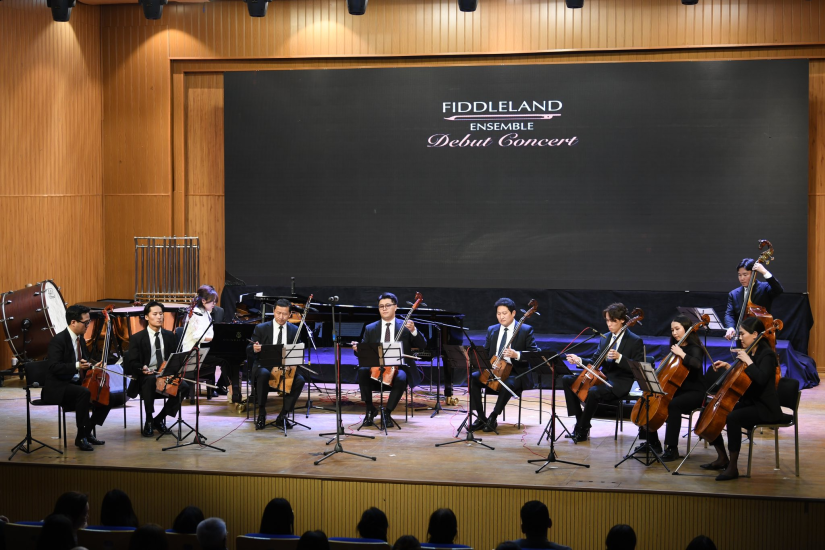
The next piece, “Z267” by Angir Erdenetsogt, had its own magic. Named after the train that runs from Erenhot to Shanghai, where the Composer Angir studied at the Shanghai Conservatory of Music (SHCM), the piece was created during one such journey. Its quick, rhythmic tempo captured the sensation of movement so vividly that it felt as though the audience was being transported from their seats of the State Philharmonic onto a train numbered Z267. While it is impossible to directly compare the evocative melody of Morin Khuur to the sound of train wheels, the metaphor highlights its power to carry listeners elsewhere.
The choice to combine the Morin Khuur with the piano was a daring and significant decision. Without this core infusion in Fiddleland’s vision, the Ensemble may have remained captivating, but it probably would not have achieved the same level of emotional resonance. It was similar to observing the night sky: a sky without stars possesses its own serenity, yet it is only when it is illuminated by countless stars that its breathtaking beauty is revealed. The piano added this indescribable, rich dimension, elevating the overall auditory experience.
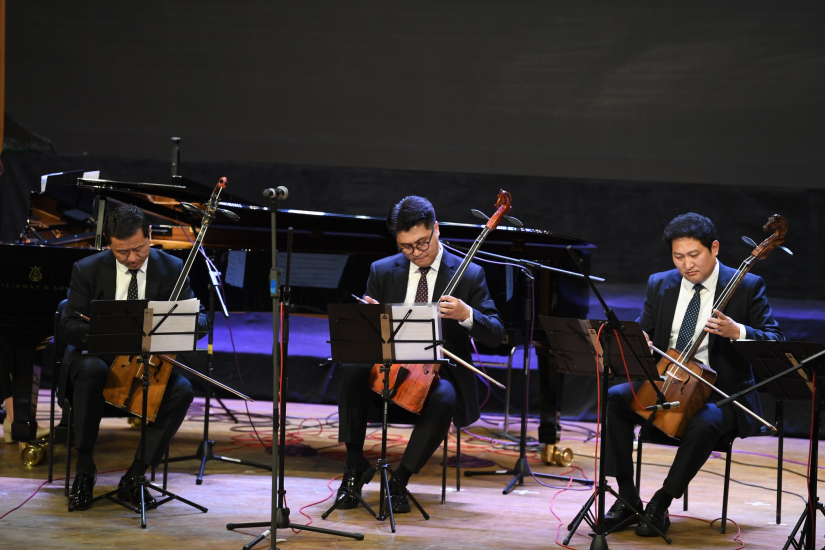
Although Jigjiddorj Nanzaddorj was seated off to the side, he held the spotlight with insightful commentary and background stories after each performance. These moments added fascinating context. There was a harmony in the Ensemble's performance; whether the music was energetic or tranquil, the Morin Khuur players moved their heads in perfect unison. It served as a poignant reminder that music transcends mere sound to become a remarkable and profound "language." Their synchronized movements, the delicate nuances of body language, and the expressive faces of each musician coalesced into a singular, cohesive expression. This was no mere happenstance; it felt as though they were all eloquently conversing in a beautiful, unspoken dialect. Even more remarkable was the pianist, positioned further back, who mirrored this rhythmic unity with a graceful sway of head and body. As a listener, while I may not have been able to "speak" this exquisite language, I found myself deeply understanding, moving, and resonating with it — a truly extraordinary experience.
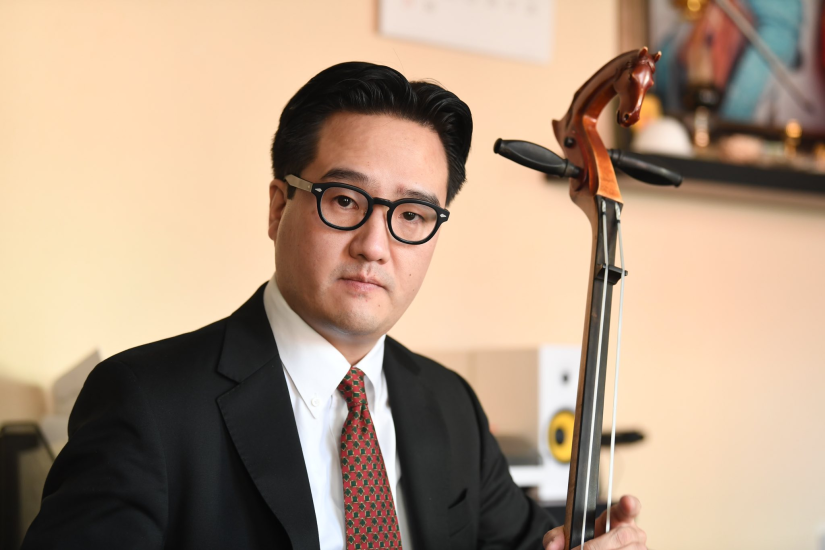
The Program ended with “La Muerte del Ángel” by Argentine composer Astor Piazzolla, a key figure in 20th-century music who transformed traditional tango into a new genre known as tango nuevo. Composed in 1962, “La Muerte del Ángel” (The Death of the Angel) is part of a suite originally created for the stage. In Piazzolla’s narrative, the angel symbolizes purity and beauty, ultimately facing destruction. The piece is sharp, rhythmic, and almost confrontational. It moves away from romanticism and embraces bold expression, emotional tension, and syncopated contrasts.
Adding another layer to the evening were three guest vocalists, each representing a distinct genre. As noted by the Director of the Mongolian Philharmonic, long-song singer, and Honored Artist of Mongolia Munkhbaatar Batulzii represented traditional classical art. Singer-songwriter Bat-Orgil Turbold offered a modern classical perspective. Operatic tenor Otgonbold Altankhuyag brought global classical opera to the stage. Together, they became a powerful symbol of tradition, modernity, and international artistry, simply a Mongol Identity. The three embodiments of the Mongol Music at the stage felt like the “Tulgiin Gurvan Chuluu” — the three foundation stones — of the Debut Concert.
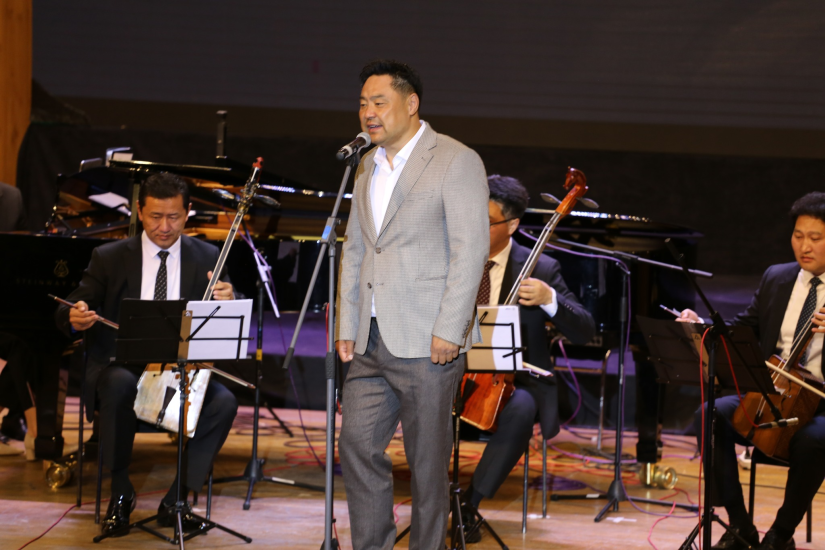
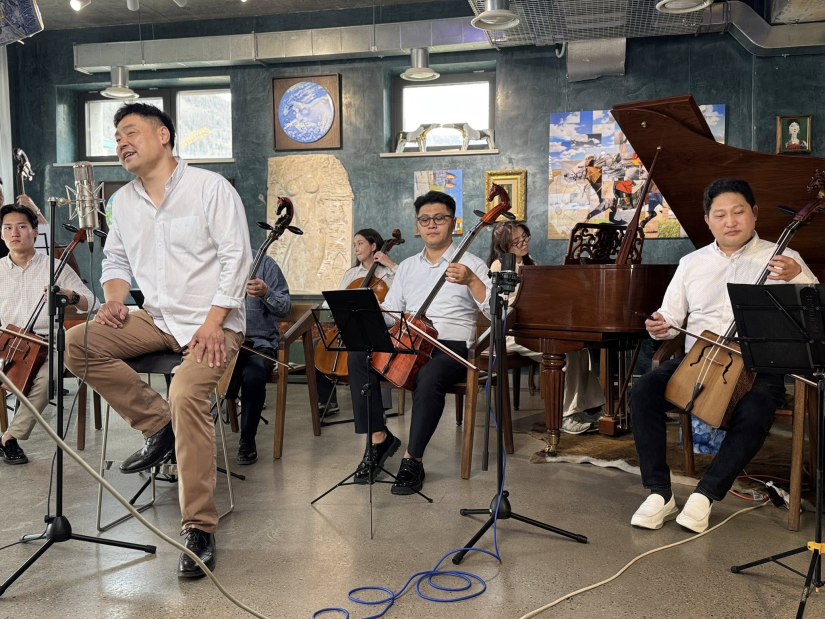
The Debut Concert of the Fiddleland Ensemble was not merely a performance. It was an emotional journey, a celebration of musical unity, and a bold vision for the evolving future of Mongol music in the world.
 Ulaanbaatar
Ulaanbaatar





